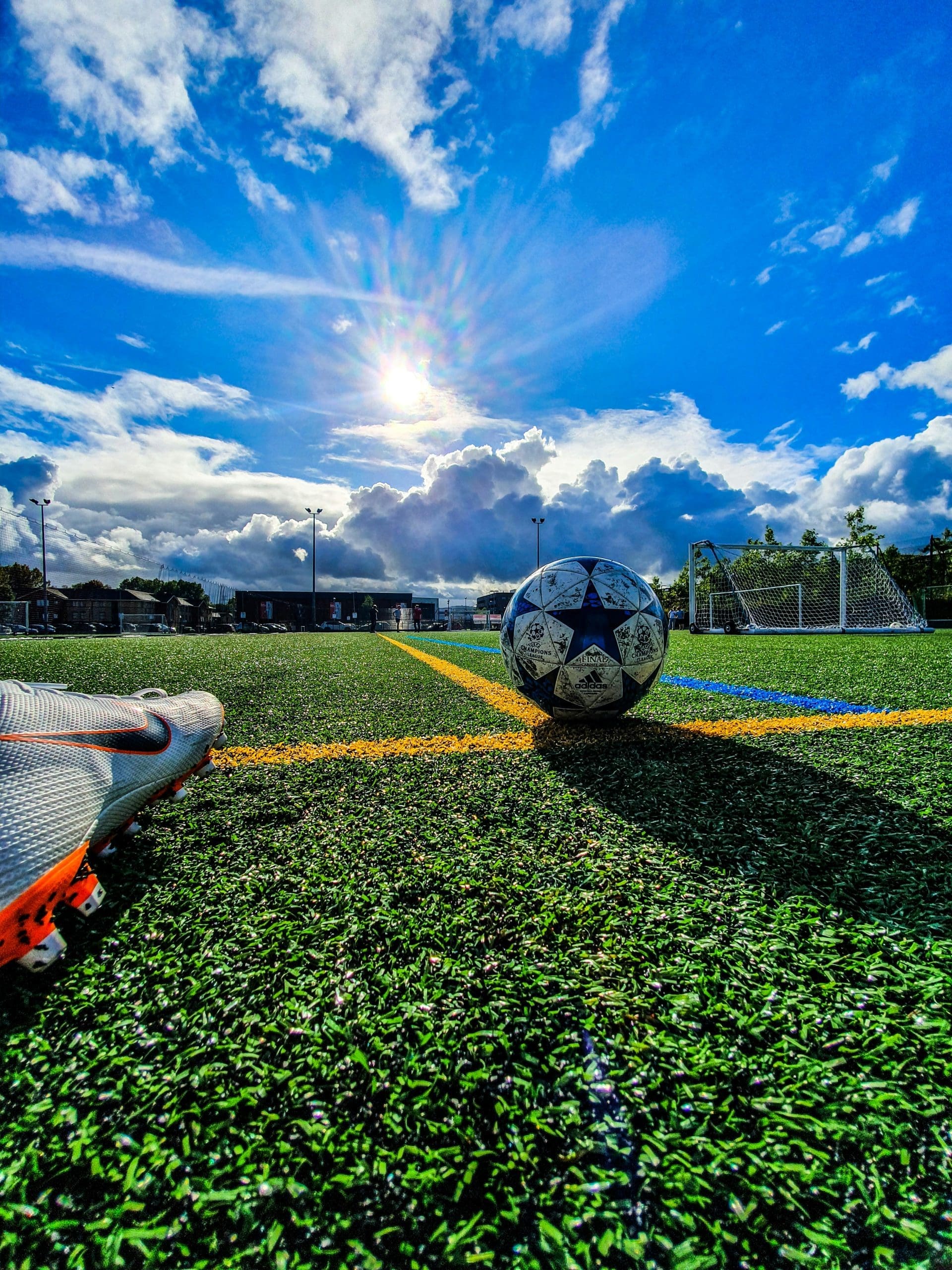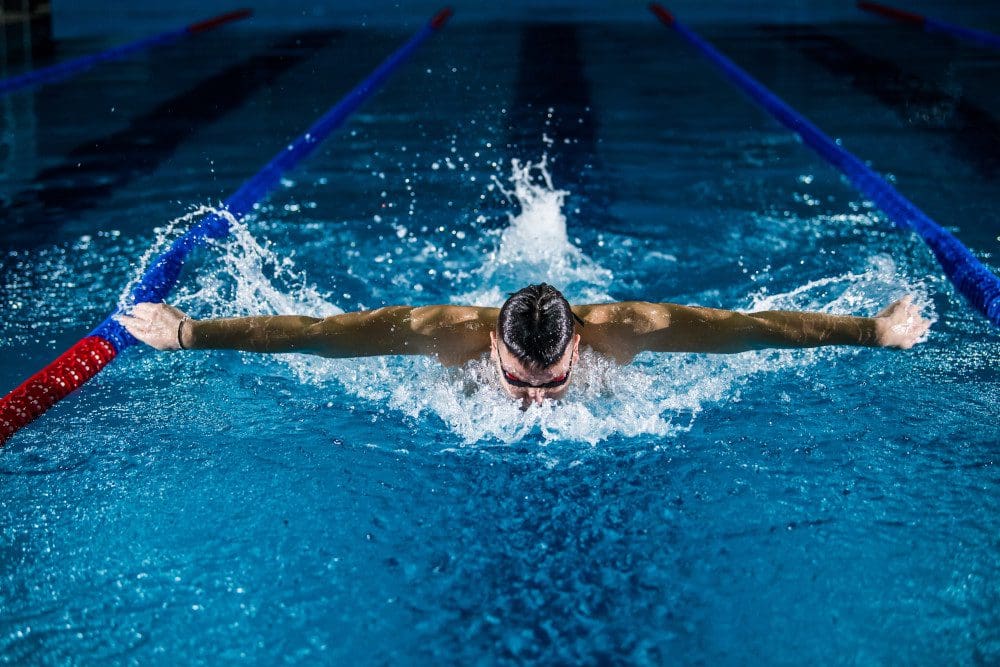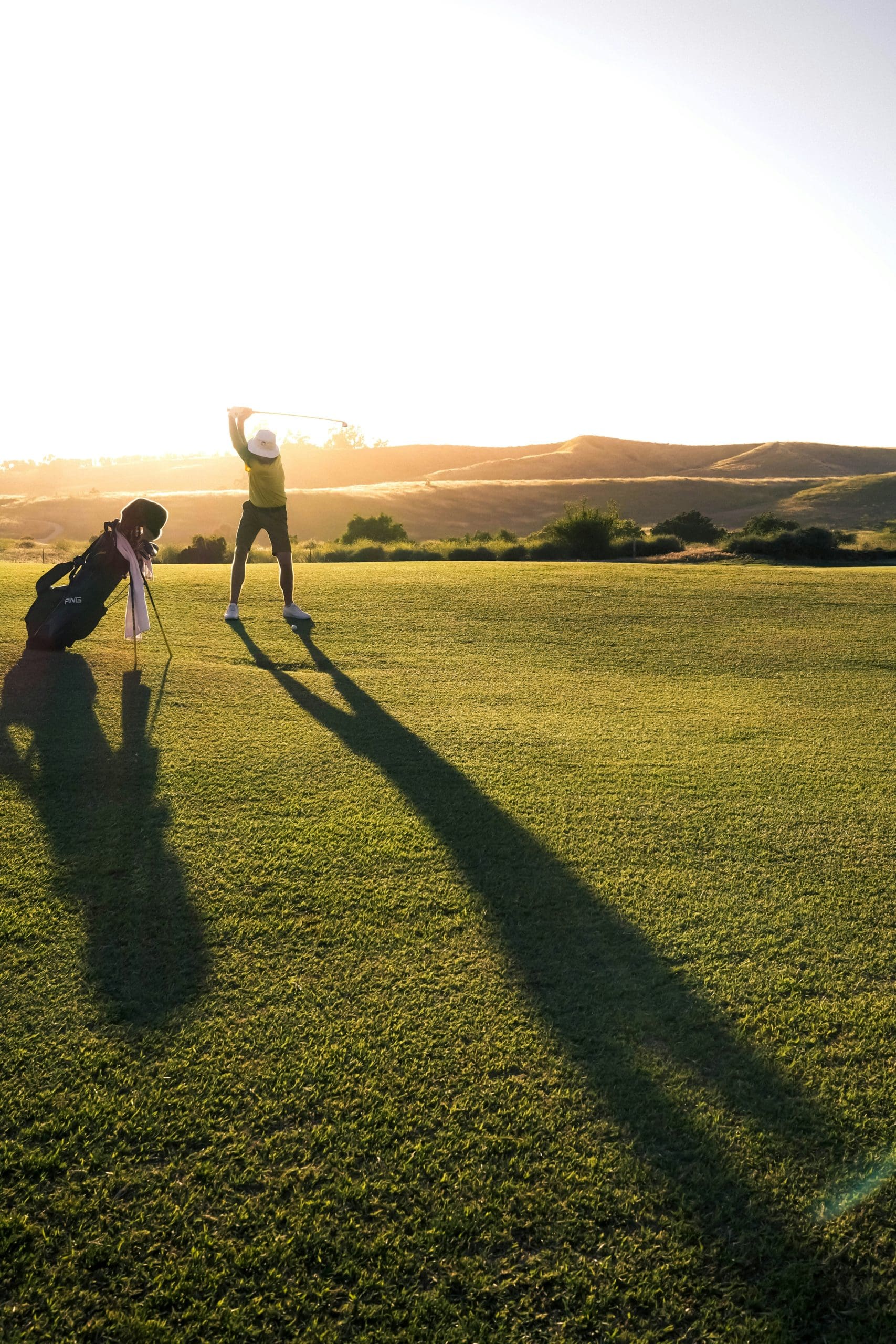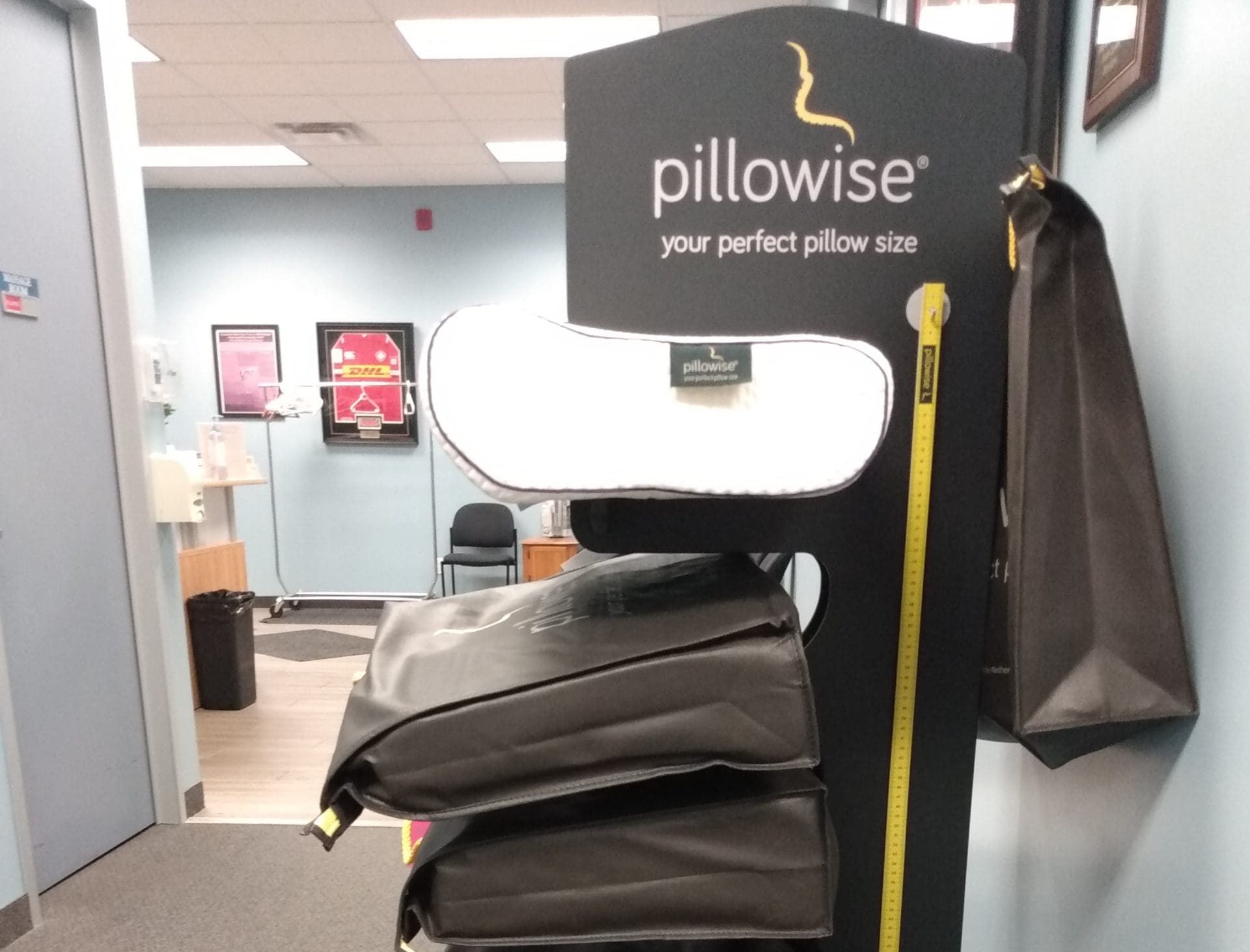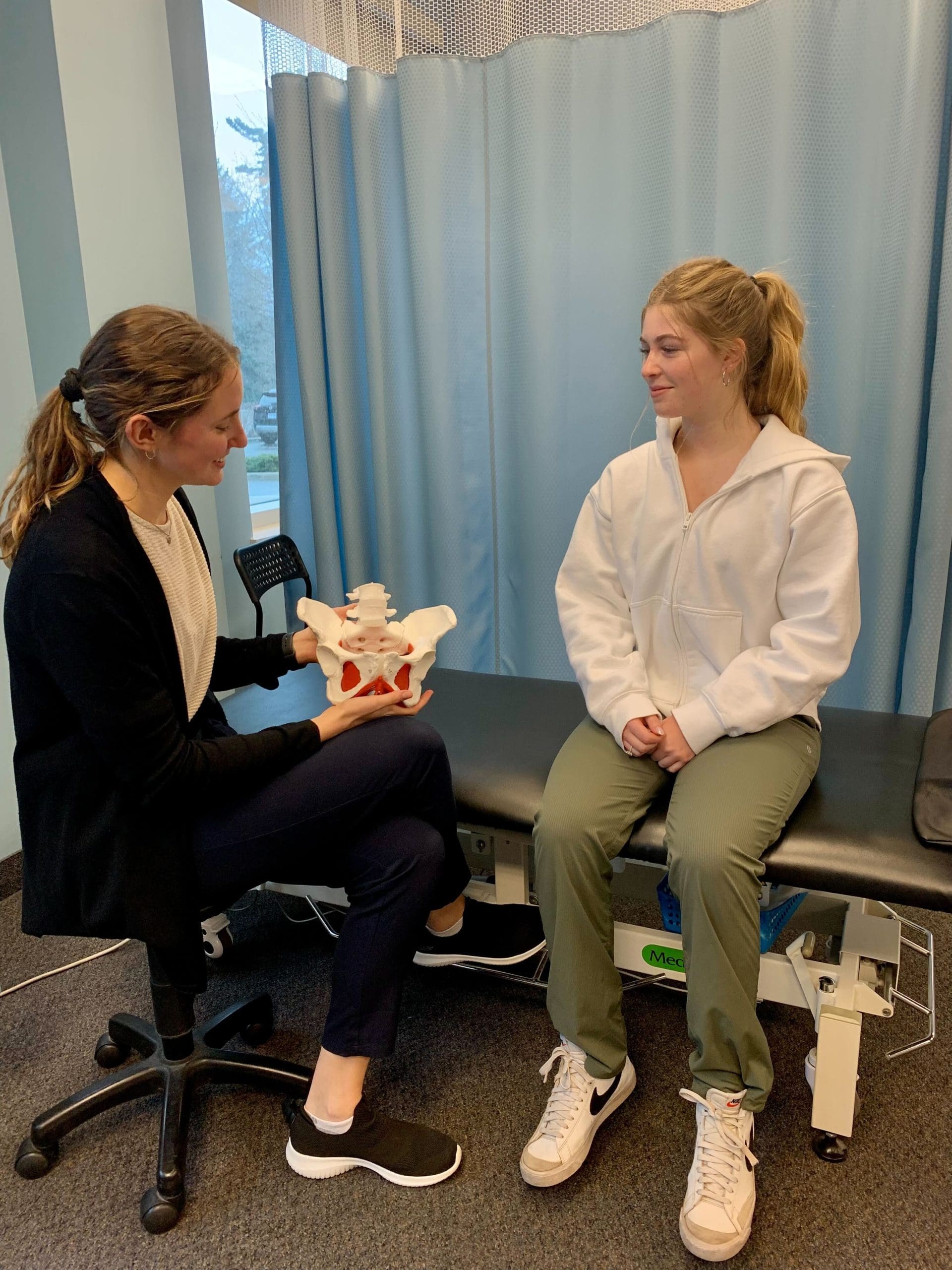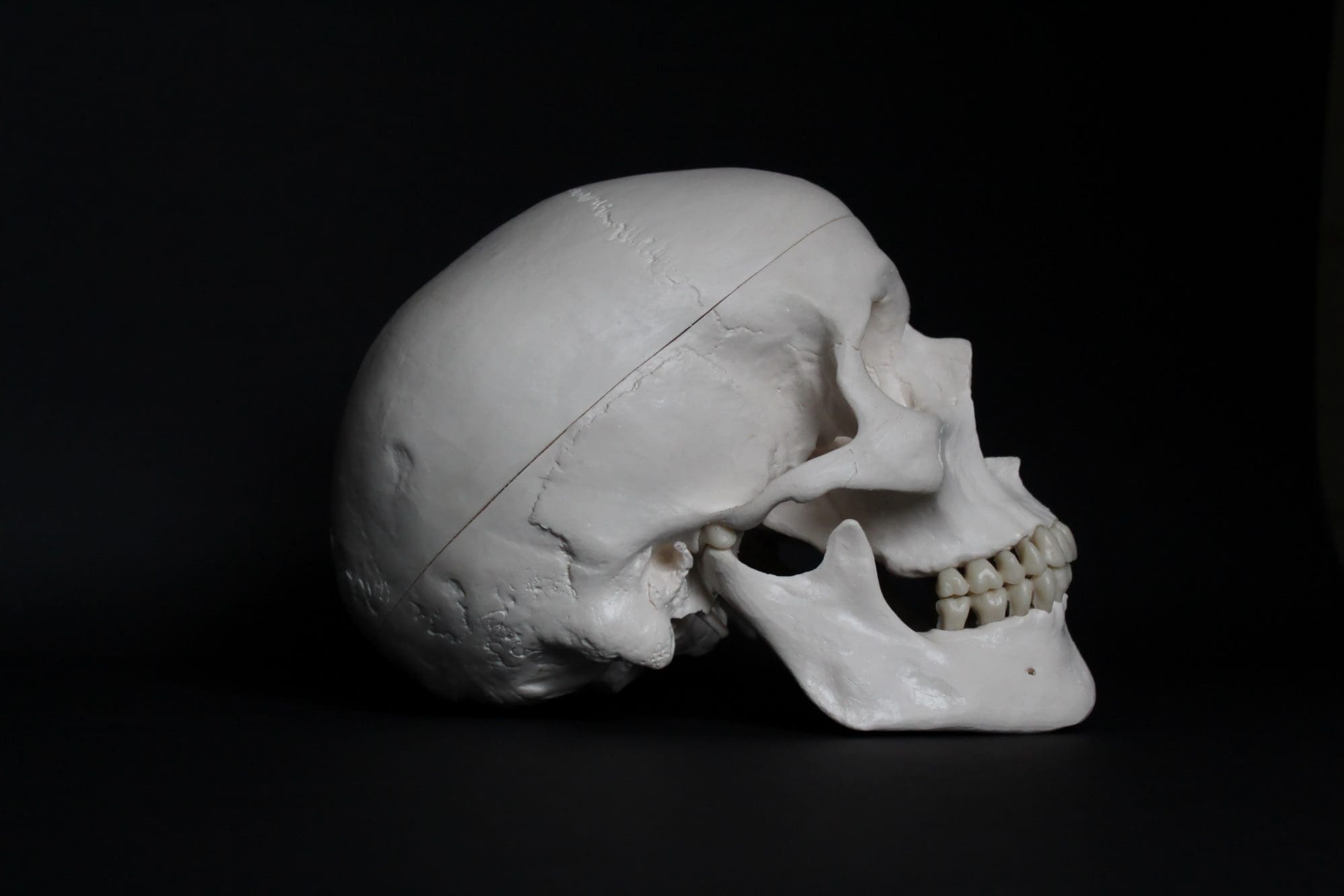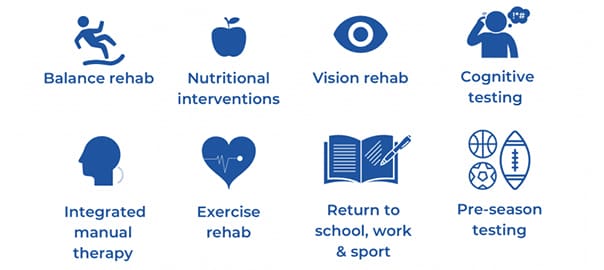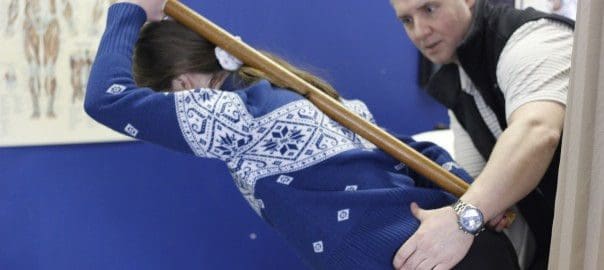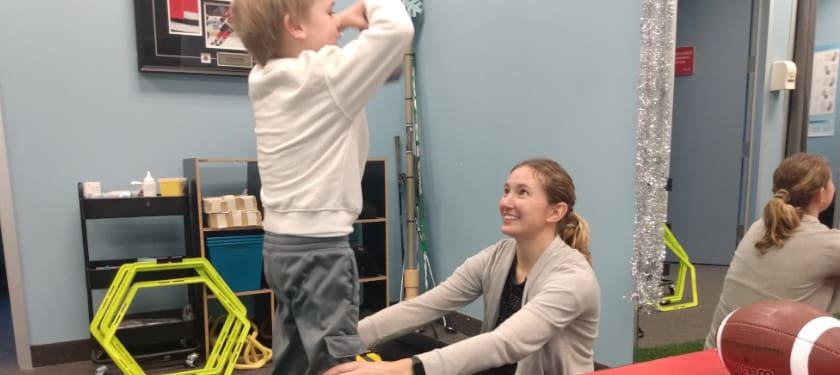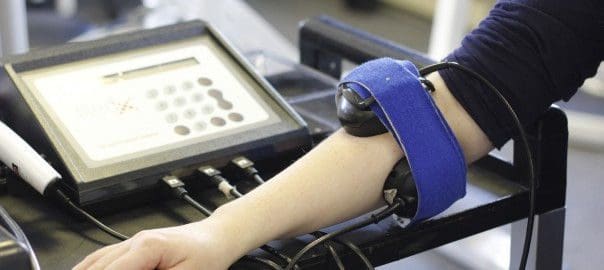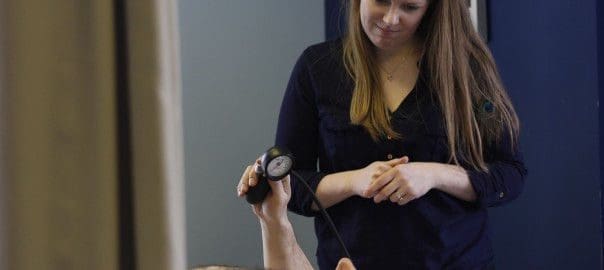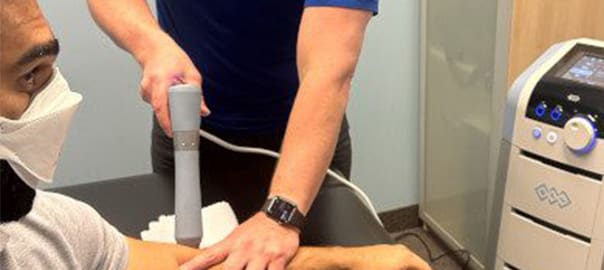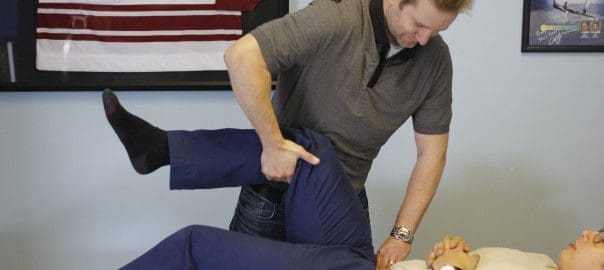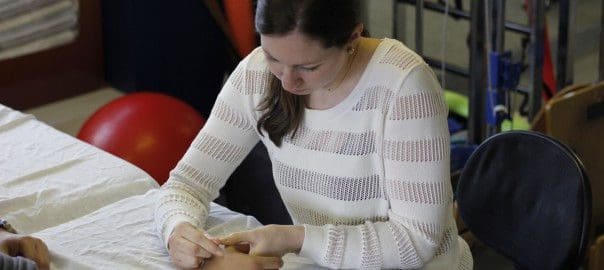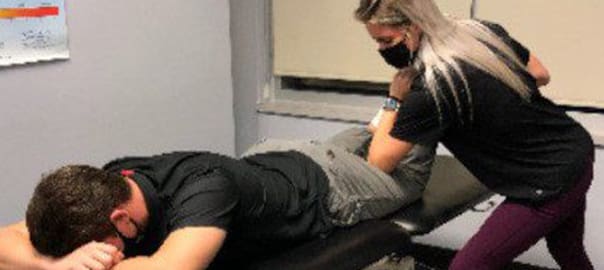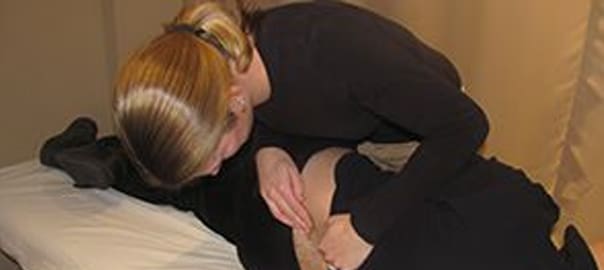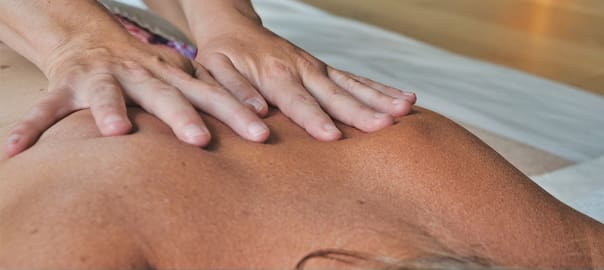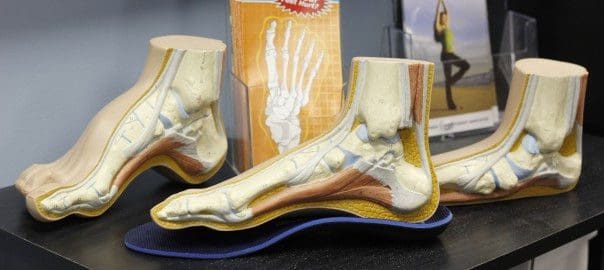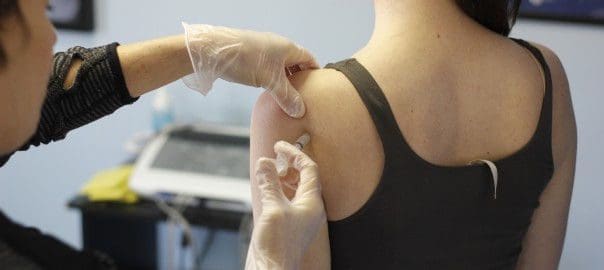Ice hockey is one of the most popular sports in Canada. However, recent trends have shown that minor hockey enrollment numbers are slowly decreasing across the province. Many factors play into lower enrollment, with the most common being the steep cost of playing hockey, followed by the risk of injury. Due to this high risk of injury, research has focused largely on injury prevention initiatives such as rule modifications, equipment changes and education regarding safety.
Note: Sheddon’s physiotherapists from the Oakville and Burlington Physio Clinics are prepared and determined to help you get back to the sport you like.
Gender Differences
- Male hockey players experience more injuries across all levels and ages (regardless of body checking rules);
- Men suffered more injuries to the head and face, followed by the shoulder and knee. Whereas women were more likely to suffer injuries to the lower body, including the knee, thigh and ankle;
- In college athletes, the most common injuries in both males and females were sprains and strains (roughly 1/3). The second most common injury in females was concussions, while males were lacerations and contusions.
Mechanism of Injury
- Both males and females sustain twice as many injuries in games than in practices;
- Roughly 35% of all injuries for males and females are a result of player contact;
- 17% of injuries involve stick induced mechanisms;
- 14% are related to puck injuries;
- 15% are related to non-contact mechanisms, overuse, poor movement patterns and improper hockey mechanics.
Common Injuries
Shoulder
Shoulder injuries are more common in males than females, likely due to body checking. Shoulder injuries occur following body checking, striking the boards and contact with other players. The most common shoulder injury is an acromioclavicular (AC) joint separation.
Knee
The most common knee injury sustained during hockey is a MCL sprain/tear, usually resulting from an on-ice collision or from a player catching a skate on the ice.
Pelvis/Hip
Groin pain is common in hockey players and accounts for 9% of all hockey related injuries. The most common hip/groin injury is adductor muscle strains, usually resulting from overuse. In hockey players who have had a long history of groin pain, injuries such as sports hernias, labral tears and femoroacetabular impingement are common due to skating and hockey mechanics. For a great review on groin injuries and hockey players click here.
Foot and Ankle
Lateral ankle sprains can occur while playing hockey. However, a high ankle sprain is more common with hockey players, due to the rigidity of the ankle in the skate protecting the outside ankle ligaments, but putting the anterior ligaments at risk with twisting and rapid changes in direction. A high ankle sprain involves the ligaments at the front/bottom of the leg that connect the tibia and fibula.
Head and Neck
Facial injuries have decreased dramatically with the use of a helmet with a cage, as well as mouth guards. However, neither have been shown to prevent concussions, which are still common in hockey due to many factors, such as the high speed of the game, an unforgiving surface, bigger and faster players and high rates of collision.
Prevention Strategies
In order for youths to have fun and enjoy playing Canada’s Sport injury free there needs to be education, prevention strategies and management programs that lower the overall injury rates in ice hockey players.
- Overuse injuries are common and can be prevented with proper off ice conditioning. For example, restoring balance between the hip and core muscles during dry-land strength training can prevent groin injuries.
- Proper, well-fitted equipment is essential
- Injuries should be assessed and treated ASAP!!
- The majority of injuries occur during player contact; therefore, players need to be encouraged to play fair and safe. While PeeWee hockey has eliminated body checking as a way to decrease the number of concussions, it is unclear whether it will have an effect. Recent research shows that female ice hockey players are more likely to suffer concussions than their male counterparts. This highlights the fact that even though body checking is prohibited in female hockey, it is still a very physical sport;
- Players, coaches and trainers need to be educated and aware of the rules of the sport, as well as the dangers of hits to the head and body checking another player from behind. Although education programs regarding concussions are effective at increasing education and awareness, most studies show that athletes don’t follow through with what they’ve learned and the effect is usually lost by the 2 month follow-up. While these education programs are essential, more work needs to be done in order to further increase athlete follow through and retention.
MacCormick et al., (2014). Are there differences in Ice Hockey injuries between sexes? The Orthopaedic Journal of Sports Medicine. 2 (1).
Popkin et al., (2016). Evaluation, management and prevention of lower extremity youth ice hockey injuries. Journal of Sports Medicine. 7:167-176.
For more info, contact Sheddon Physiotherapy and Sports Clinics in Oakville and Burlington at 905-849-4576.
We are located less than 10 min from Sheridan College Oakville and 4 min West of Canlan Ice Sports.
The Burlington physio clinic is located only 2 min south of IKEA Burlington and 6 min north of Burlington Golf & Country Club, on Plains Rd East.

